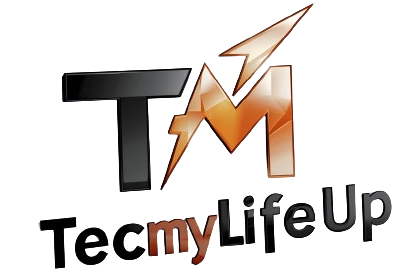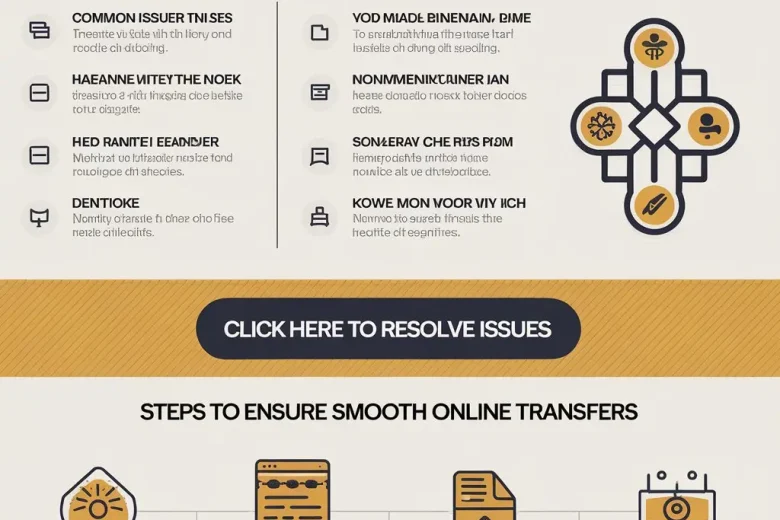Online transfers are now a standard way to send and receive money. However, issues can sometimes arise, especially when dealing with specific transactions like the CHK …5132 transfer. If you’ve noticed this transaction type in your account and have concerns, you’re not alone. Many people face common issues related to CHK …5132 transfers. In this article, we’ll explore these issues and provide clear solutions to resolve them quickly.
What Is an Online Transfer to CHK …5132 Transaction?
Before we dive into the common problems, let’s first understand what this transaction refers to. The CHK …5132 part often indicates a check or a reference number for an online transfer. It’s a way for your bank to label transactions for easier tracking. It usually refers to an electronic transfer made from or into your checking account.
While it sounds simple, many issues can occur during the process, from delays to incorrect amounts. Understanding how to spot and resolve these issues can save you time and frustration.
Common Issues with Online Transfers to CHK …5132
Let’s look at the most frequent problems people encounter when dealing with CHK …5132 transactions.
1. Transfer Not Showing Up
One of the most common issues is when the transfer doesn’t show up in your account. You may have initiated the transaction, but there’s no record of it in your online banking. This can be frustrating, especially if you were expecting the funds quickly.
How to Resolve It:
- Check your transaction history carefully. Sometimes, the label CHK …5132 may be listed under a different name or code.
- Wait a few hours. Delays can happen, especially on weekends or public holidays.
- Contact your bank’s customer service if the transfer still doesn’t appear after 24 hours. They can track the transaction and provide a solution.
2. Wrong Amount Transferred
Another issue is when the wrong amount is transferred. You may have entered the correct number, but the bank processed a different amount. This can cause confusion and even lead to overdraft fees.
How to Resolve It:
- Double-check your transfer details to ensure that you entered the right amount.
- Review your bank statement to confirm the incorrect transfer.
- Contact your bank immediately. Banks often have a window where they can correct errors if you report them quickly.
3. Transfer Delays
It’s not uncommon for online transfers, including CHK …5132 transactions, to experience delays. You might be expecting a quick transfer, but instead, it takes longer than expected to process.
How to Resolve It:
- Check if it’s a weekend or holiday. Transfers often take longer during these times.
- Review your bank’s policies on transfer timelines. Some banks may take up to three business days.
- Keep an eye on any notifications. Your bank might alert you about the delay or need further information to process the transaction.
4. Unauthorized Transfers
One of the more alarming issues is when you notice an unauthorized CHK …5132 transfer in your account. This could be a sign of fraud or a mistake by the bank.
How to Resolve It:
- Freeze your account immediately if you suspect fraud. This will prevent further unauthorized transfers.
- Report the unauthorized transaction to your bank. They will investigate and work to recover your funds.
- Update your account security, including changing your online banking password and enabling two-factor authentication.
5. Transfer to the Wrong Account
Sometimes, transfers go to the wrong account due to an error in entering account numbers. This can be a serious issue if you’ve sent money to someone else by mistake.
How to Resolve It:
- Contact your bank as soon as possible. The quicker you act, the better the chance of reversing the transaction.
- Ask the recipient to return the funds if you know them.
- Provide proof of the wrong transfer when requesting a reversal. Banks may take some time to process the request, but they will investigate.
6. Transfer Fees Not Expected
Some online transfers may incur unexpected fees. You might see a transfer fee alongside your CHK …5132 transaction, even if you thought the transfer was free.
How to Resolve It:
- Review your bank’s fee structure to see if they charge for certain types of transfers.
- Contact your bank to ask for a refund of the fee if it was charged in error.
- Look into fee-free transfer options for future transactions. Some banks offer free transfers between accounts or via specific methods.
7. Duplicate Transfers
Occasionally, you might see the same CHK …5132 transaction appear twice in your account. This means the transfer was duplicated, potentially leading to double the amount sent.
How to Resolve It:
- Check if the duplication is temporary. Sometimes banks hold funds temporarily before reversing them.
- Contact your bank immediately if the transfer doesn’t resolve itself. They can reverse the second, duplicated transaction.
- Keep an eye on your account balance to make sure there are no further issues.
Steps to Ensure Smooth Online Transfers
Online transfers should be quick and easy, but these issues can complicate the process. Here are steps you can follow to minimize the chances of running into problems:
- Verify all details before making the transfer. Double-check account numbers, amounts, and reference numbers to avoid mistakes.
- Use a secure internet connection. Avoid making online transfers over public Wi-Fi to reduce the risk of fraud.
- Set up notifications. Most banks offer alerts when a transfer is made, which helps you keep track of your transactions in real time.
- Regularly review your account statements. This allows you to spot any issues or unauthorized transactions early.
- Understand your bank’s transfer policies. Each bank has different rules and timelines for processing transfers, so make sure you know what to expect.
Checklist for Troubleshooting Online Transfers to CHK …5132
When encountering issues with a CHK …5132 transaction, follow this checklist to resolve them:
- Check your transaction history for any signs of the transfer.
- Wait 24 hours before contacting your bank for a missing transaction.
- Verify the amount transferred and review your bank statement for errors.
- Report unauthorized transactions immediately to your bank.
- Freeze your account if you suspect fraudulent activity.
- Contact your bank to report wrong or duplicate transfers.
- Review any transfer fees and request a refund if charged in error.
- Make sure your contact information is up to date so your bank can reach you with updates.
- Monitor your account for any future issues or delays.
Conclusion
Online transfers are convenient, but problems like delayed transactions, unauthorized transfers, and unexpected fees can occur. If you notice a CHK …5132 transaction causing issues, take immediate action. The key to resolving these issues is understanding the problem and acting quickly. With the steps outlined above, you can solve most problems related to CHK …5132 transfers and prevent them from happening in the future. Always stay vigilant, double-check your transactions, and work closely with your bank to ensure a smooth online transfer experience.

